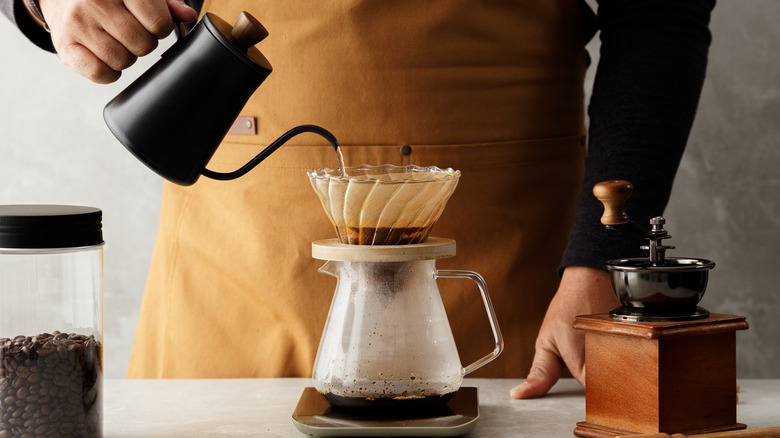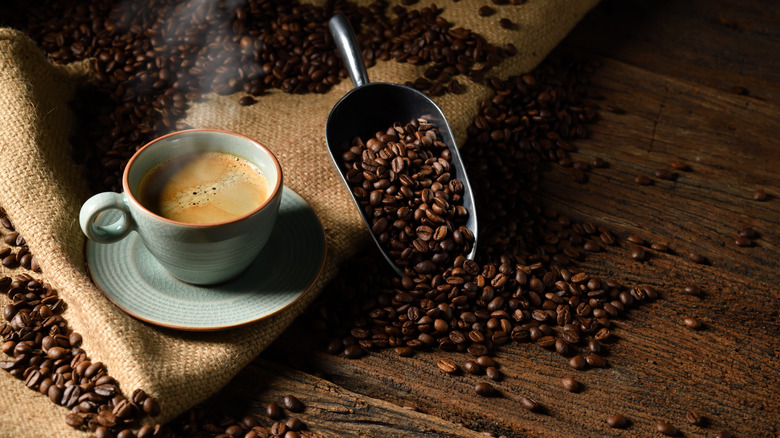What Exactly Are Coffee Flavor Notes?
Flavor notes accompany our more complex food and beverages like wine, bourbon, and cheese. Hearing something described as having a toffee nose with strawberry undertones can sound a little pretentious but if you want to describe something in more detail than a thumbs up or thumbs down, it really can't be helped. When it comes to coffee, there are so many essential terms you need to know to understand what you're buying. One such term, flavor notes, are descriptions giving the customer a better chance at finding the flavor of coffee they're looking for.
The classic dilemma of describing flavors is that it's incredibly subjective. Give 10 people a sample of the same cup of coffee and you'll probably get 10 different descriptions of what it tastes like. Professional taste testers spend years honing their senses to be able to identify and describe the individual pieces that make up the whole.
Flavor notes are not listing additives. Coffees with additives like hazelnut or vanilla are called flavored coffees. Flavored coffee has a bad reputation but you can add spices to your coffee the right way. Regular coffee already has a lot of flavor and a lot of variety. You can get entirely different flavor profiles from two coffee plants grown just a mile away from each other.
How does coffee get its taste?
Despite having such a distinct base flavor, coffee is really sensitive when it comes to taste. Every little detail of a coffee bean's life story will change what the end product will taste like. It starts with terroir which is a fancy word for soil and climate. Coffee grown in the middle of a banana plantation will taste different than the kind grown on a rocky sea cliff. Using chemicals like pesticides and herbicides can also change the flavor.
So how the coffee is grown matters. But even more so, how the coffee is processed and roasted matters. There are four main techniques for processing coffee: wet-hulled, honey, natural, and washed. We aren't going to go too in-depth here, but each style will produce a distinct range of flavors, whether that's bright and floral or dark and nutty. The same goes for roasting. Dark roasts taste different than light roasts.
Every step of the way can impact what your cup of joe tastes like, right down to the finish line. The way the coffee beans are ground, the temperature of the water, and how long the grinds steep all affect flavor. Even if you have a highly sensitive palette, what you taste may differ from what the flavor notes describe on the bag. In that sense, the flavor notes are guidelines for customers and not a definitive statement.

